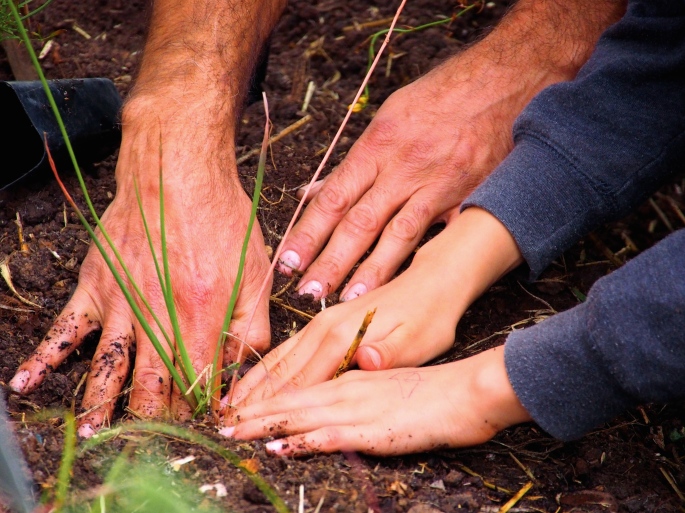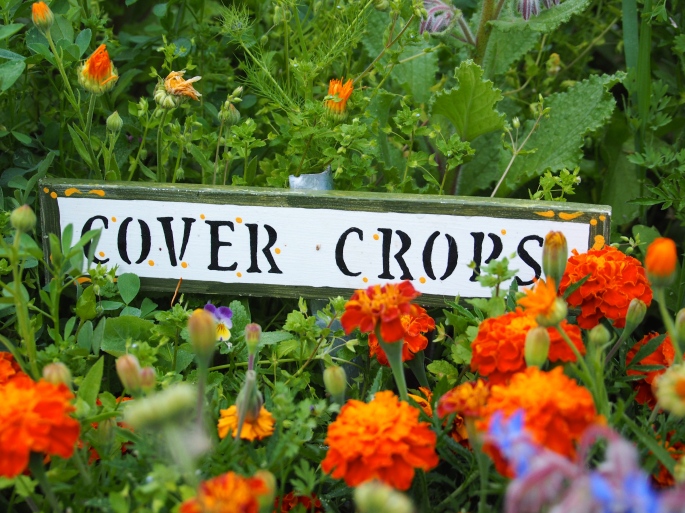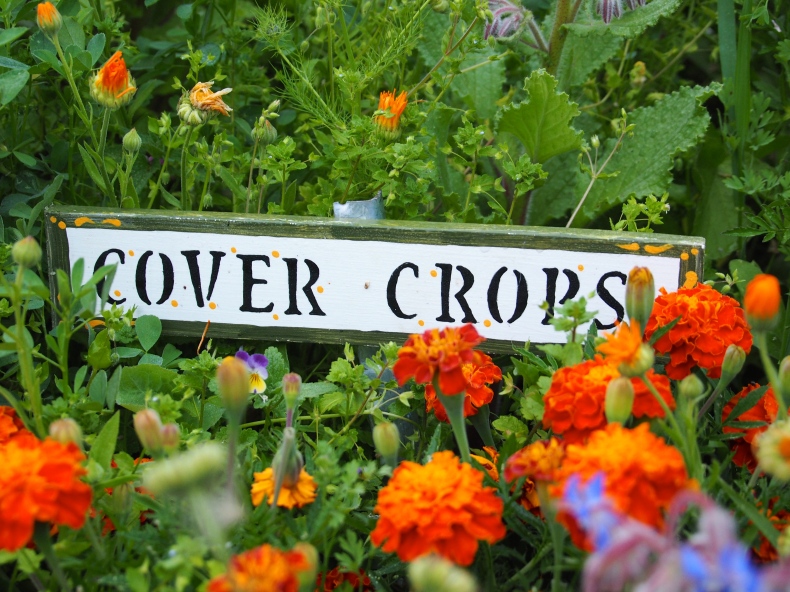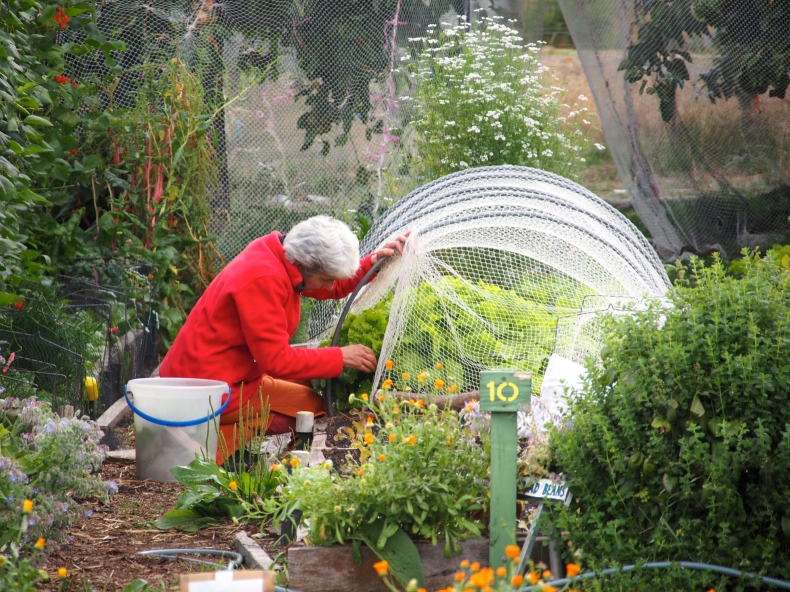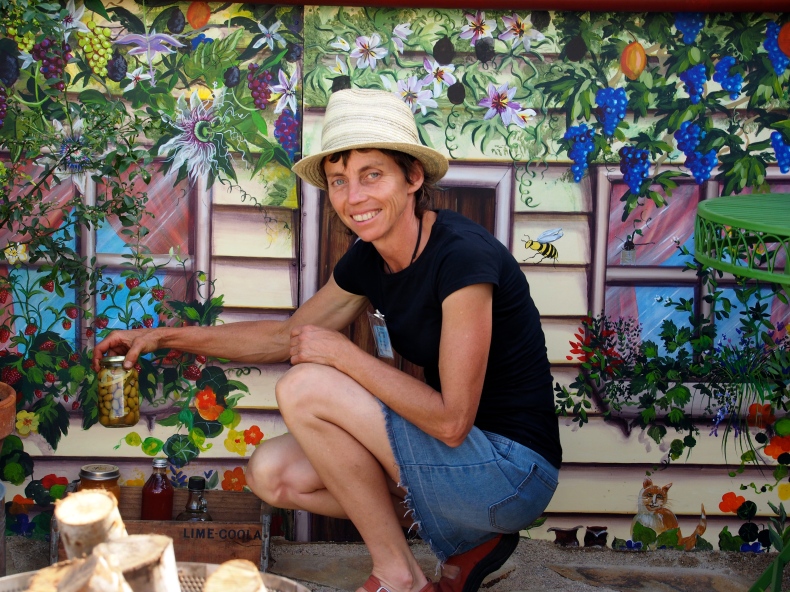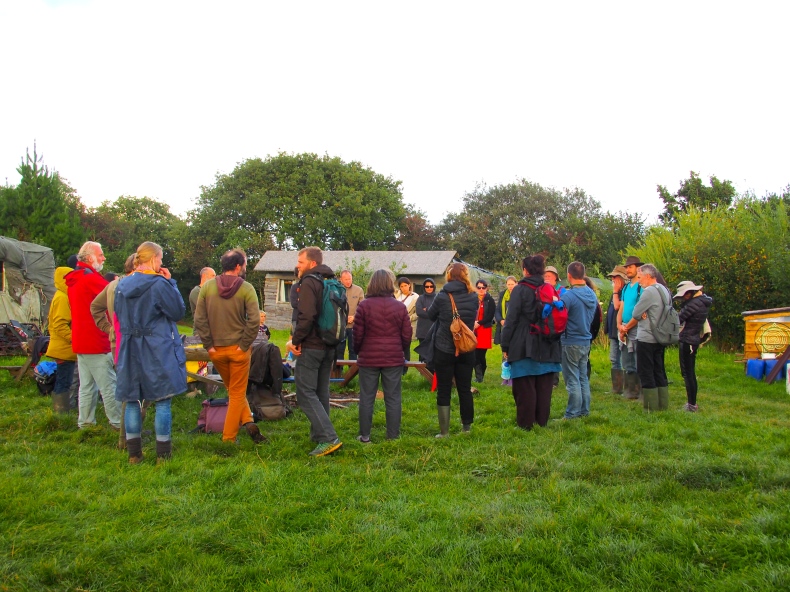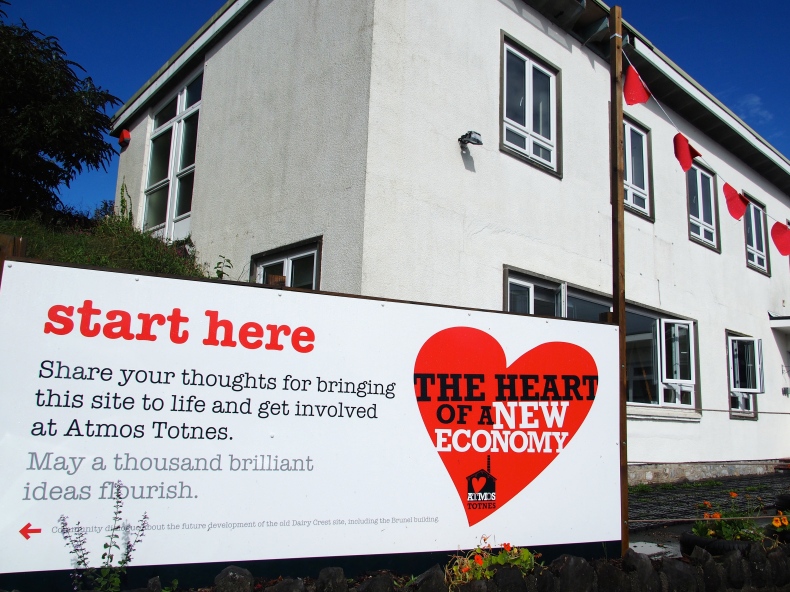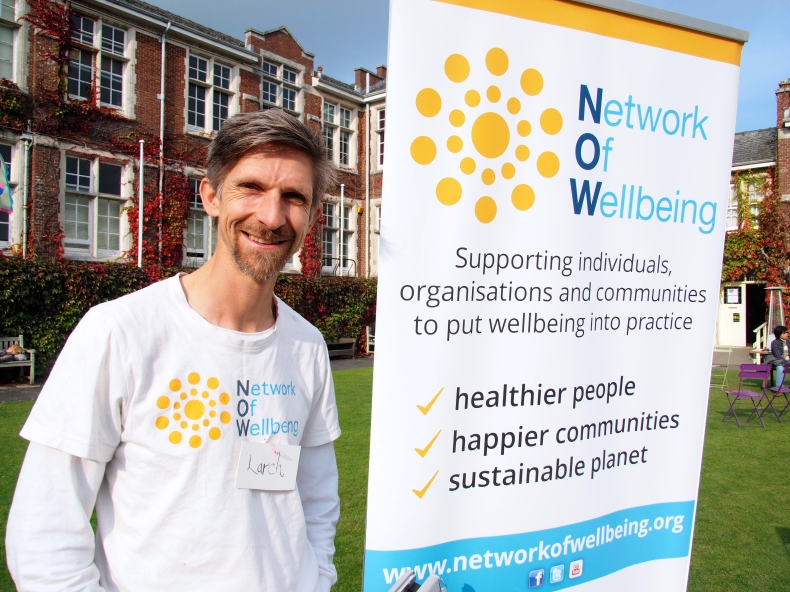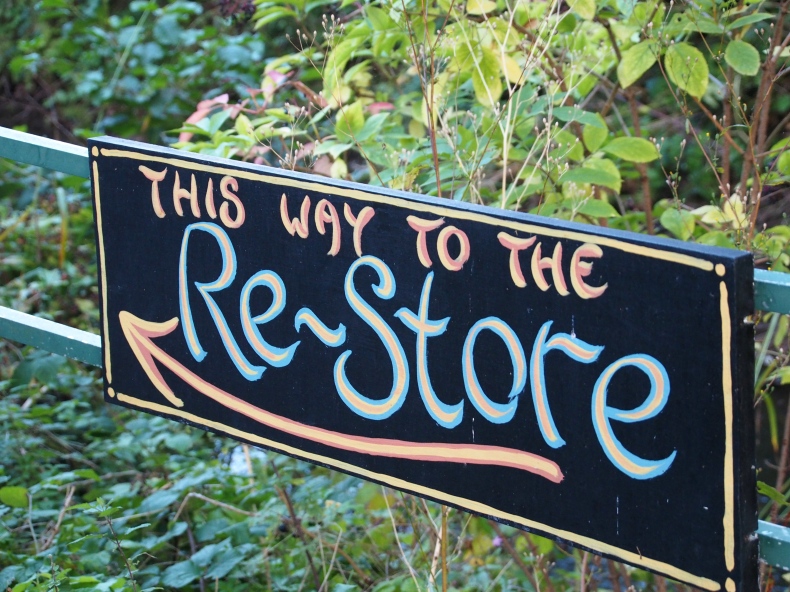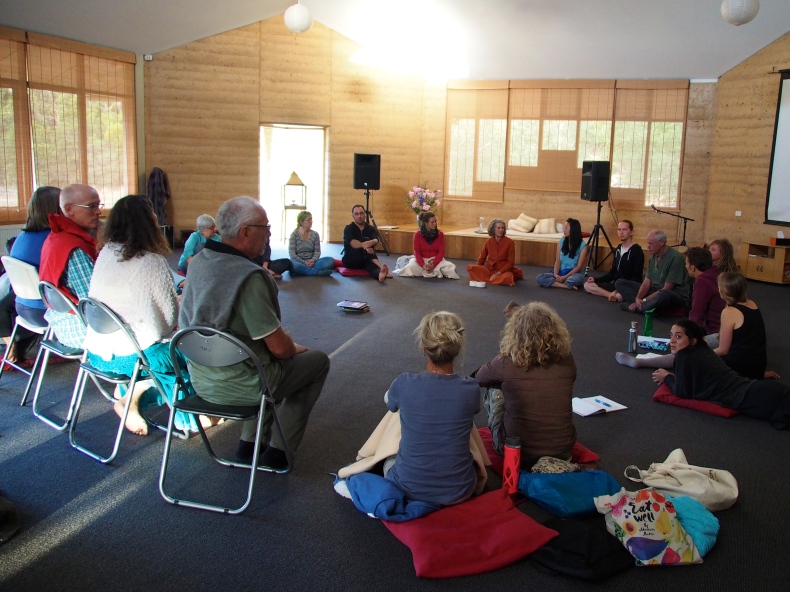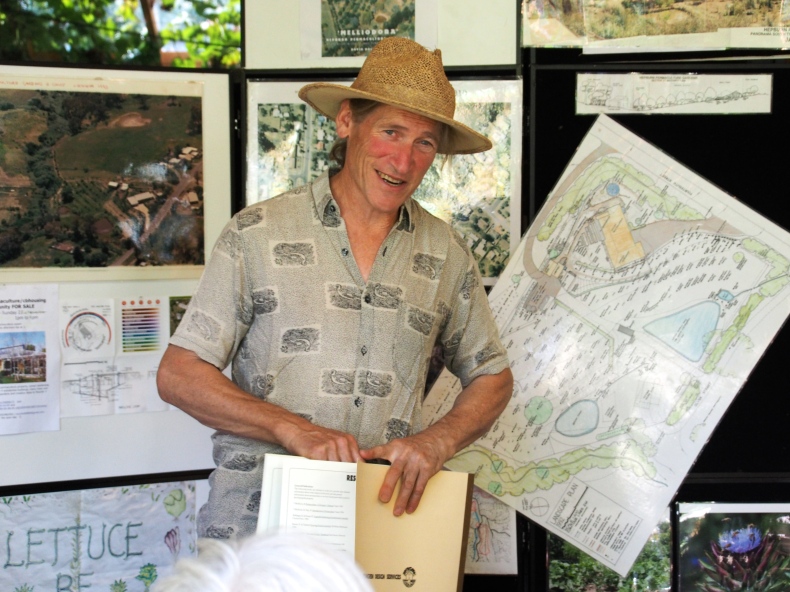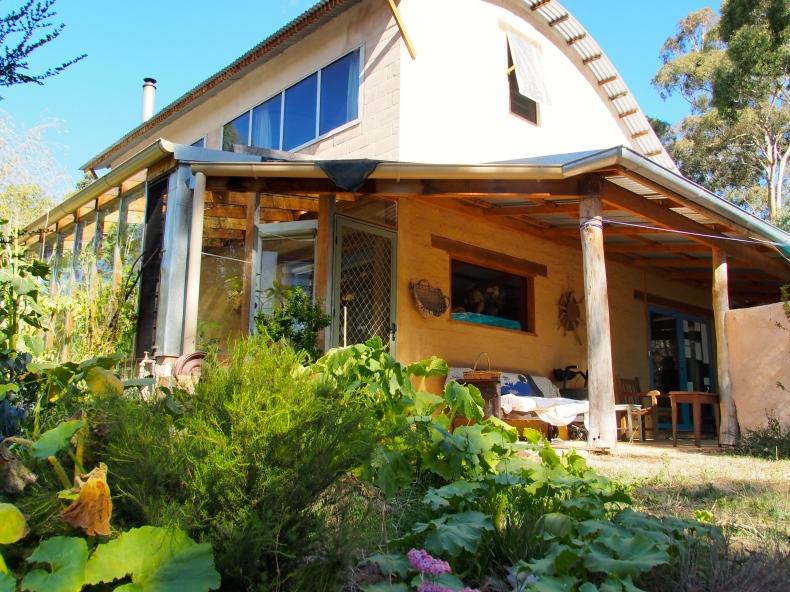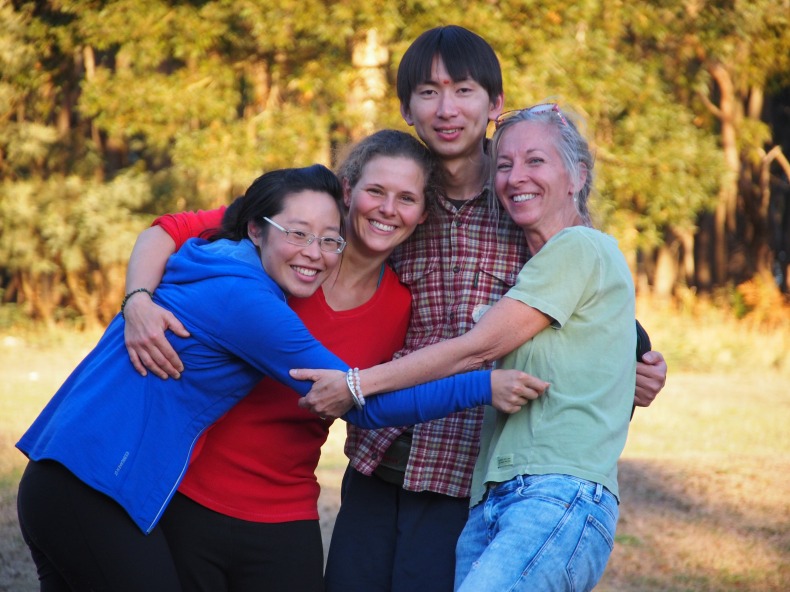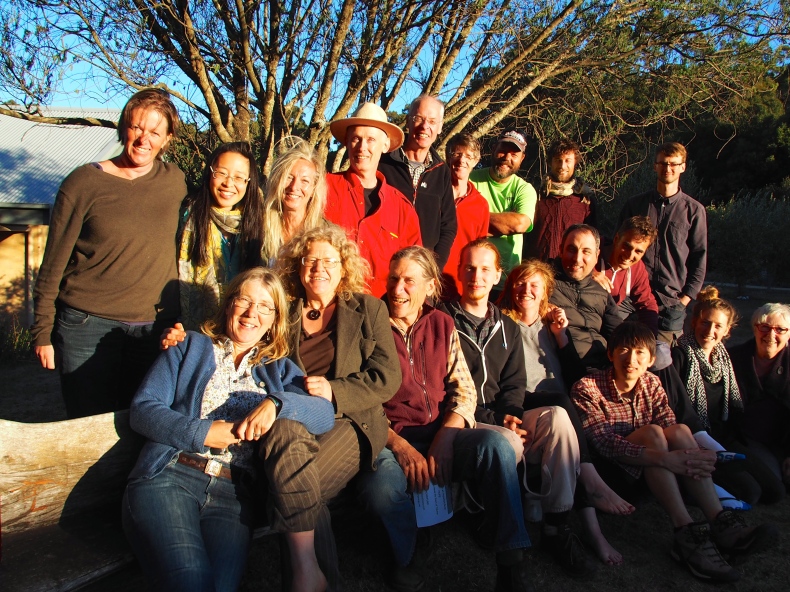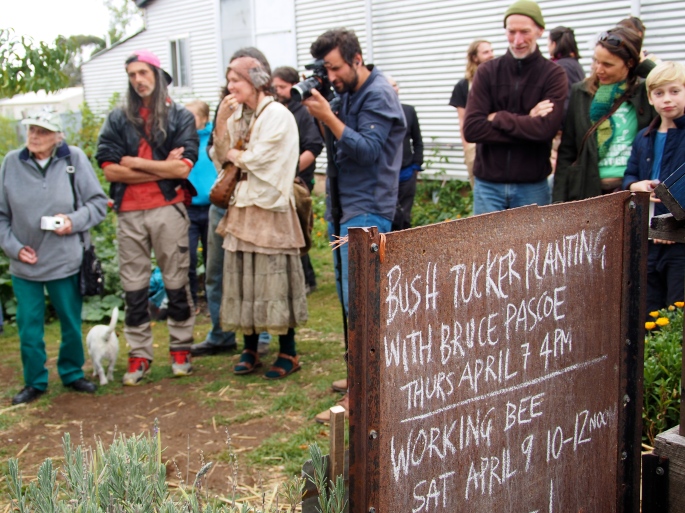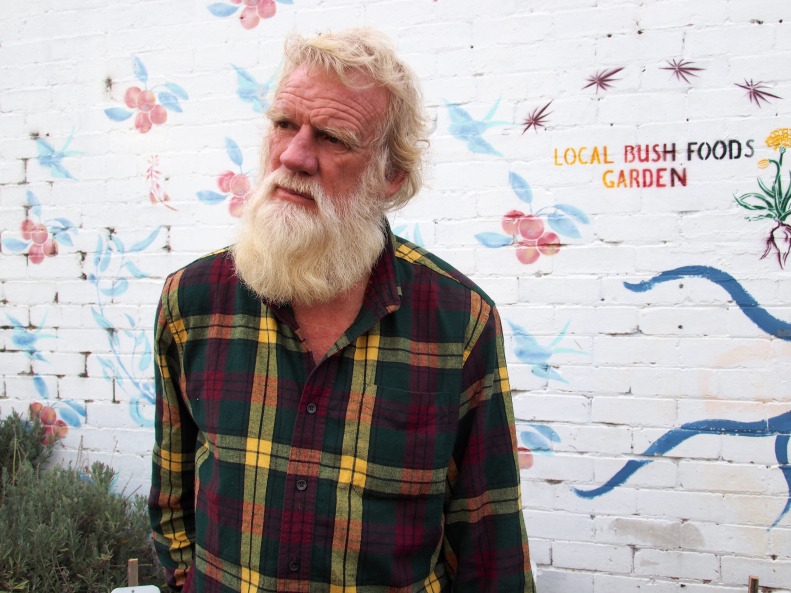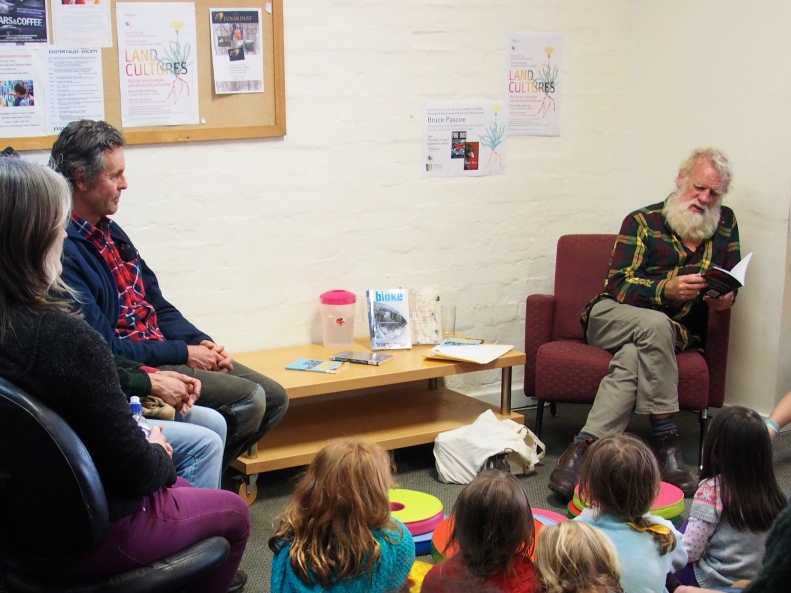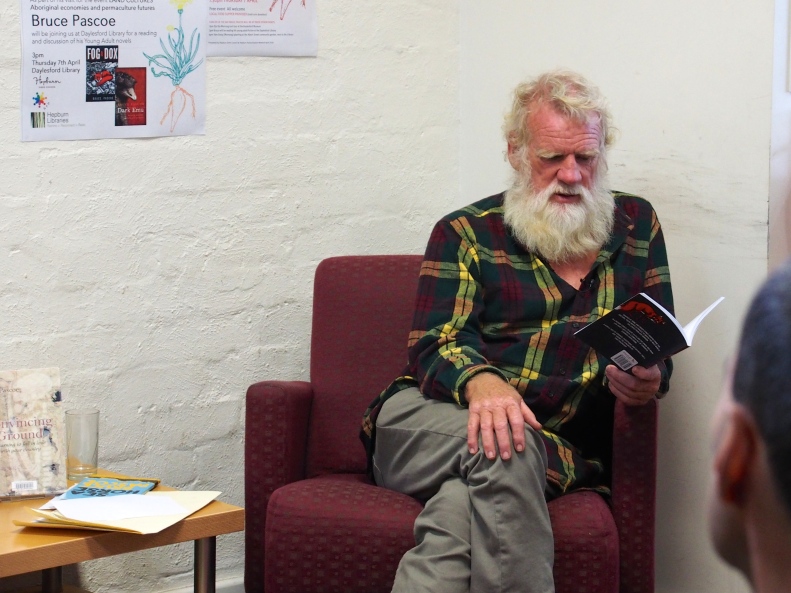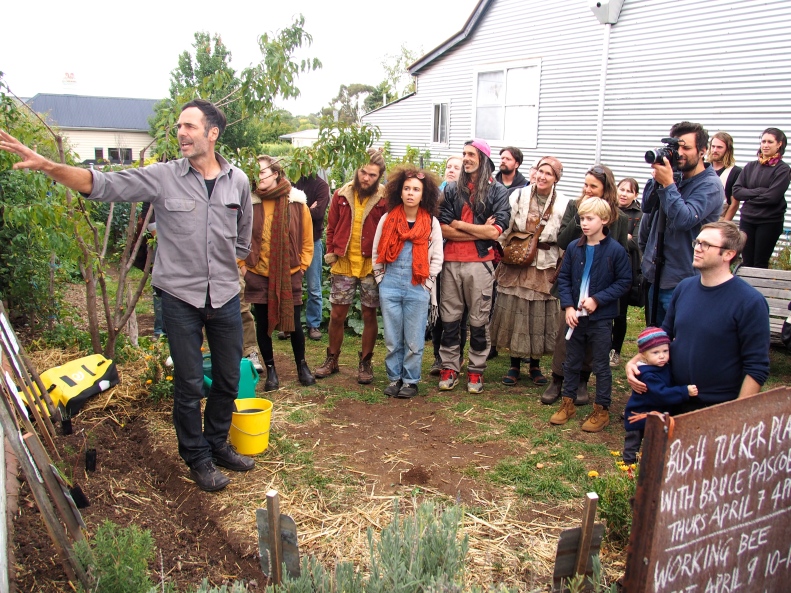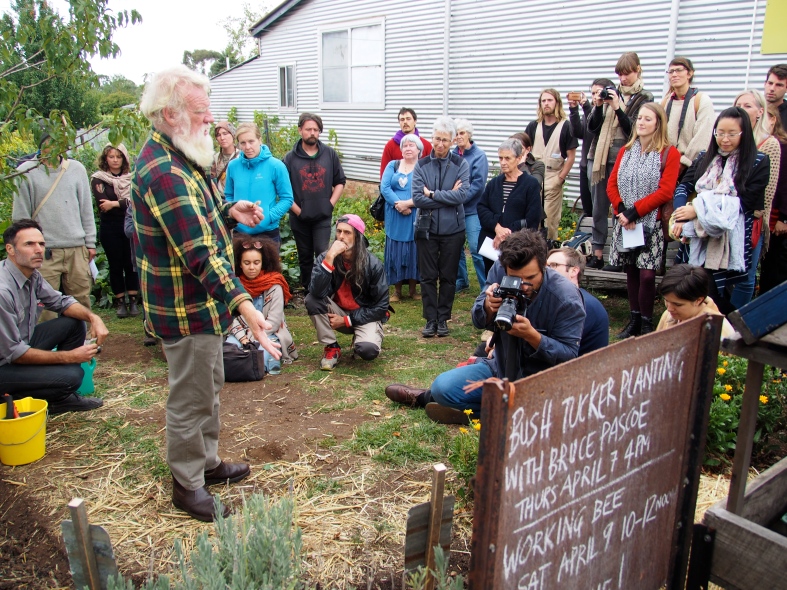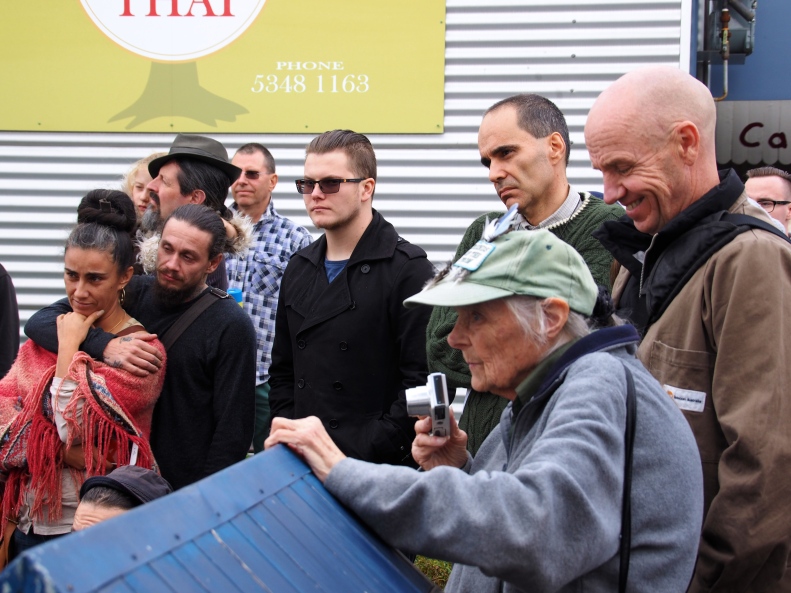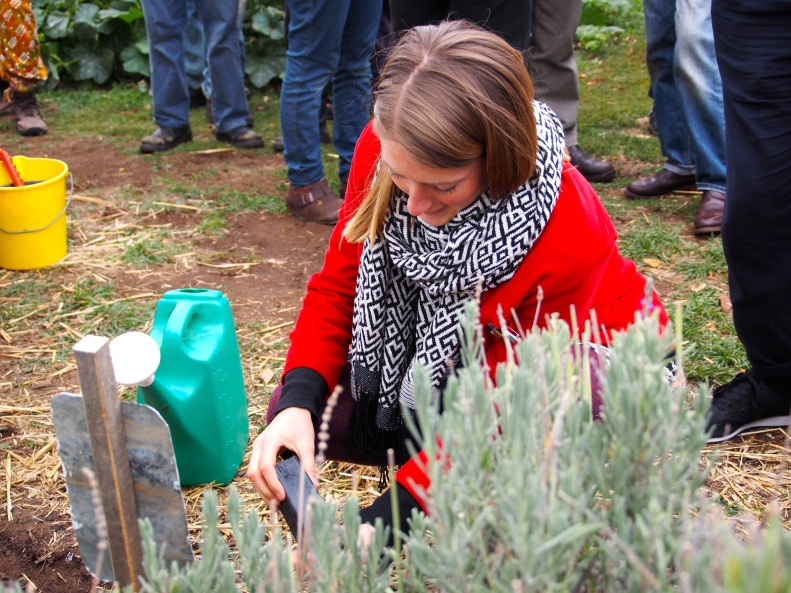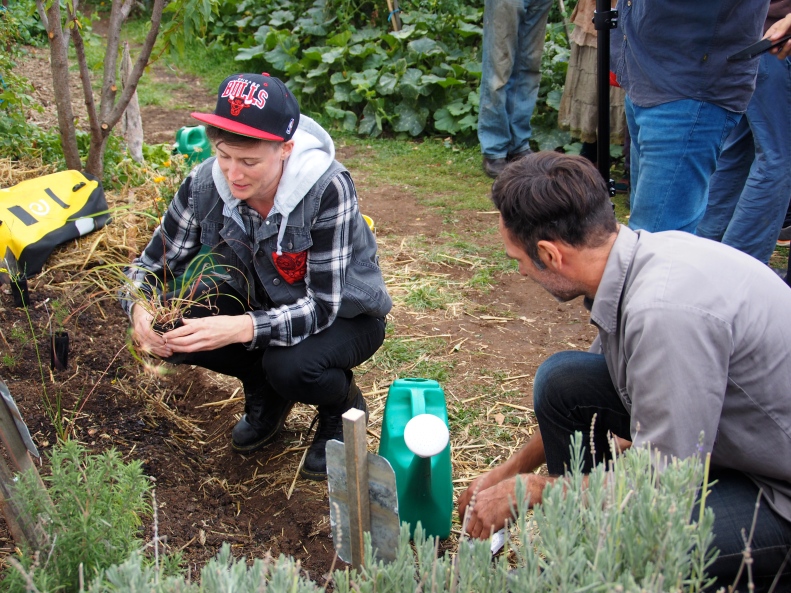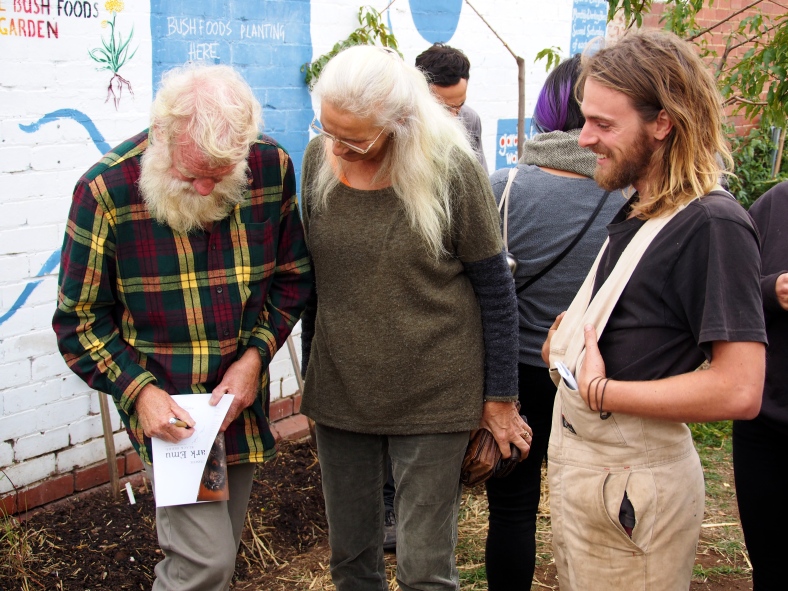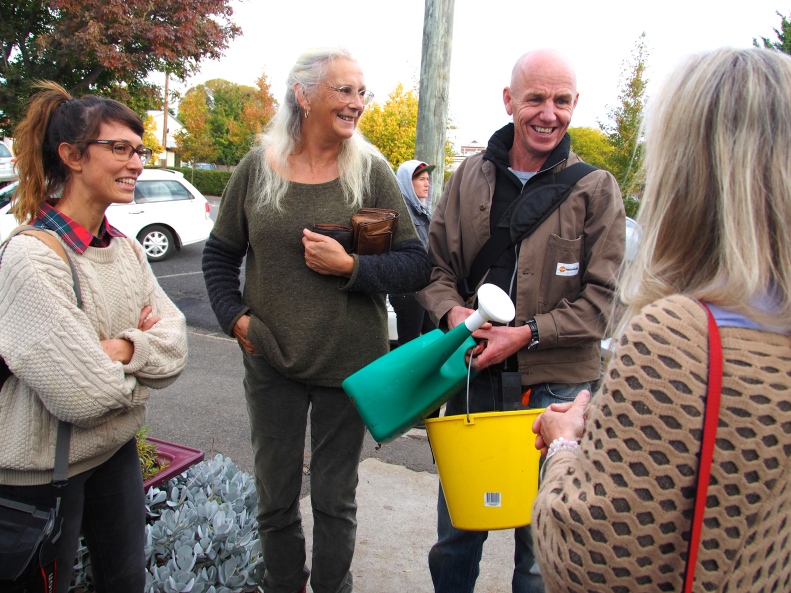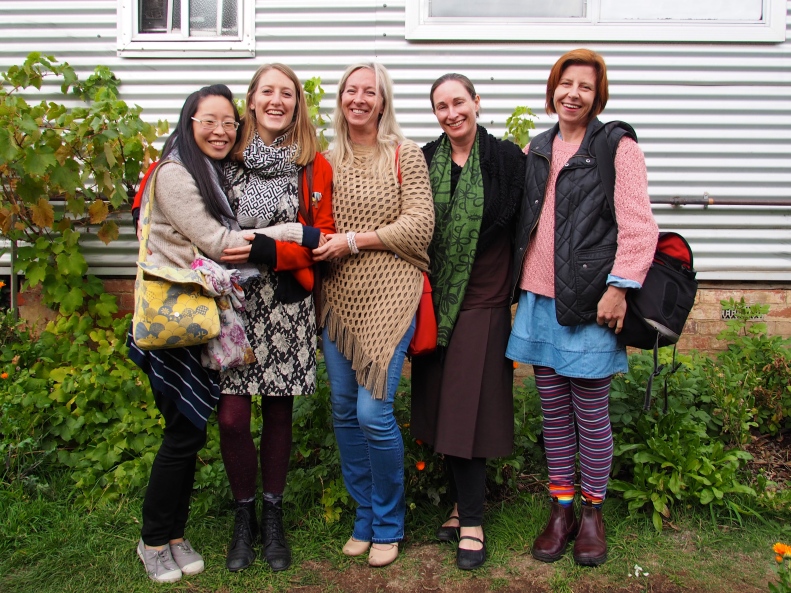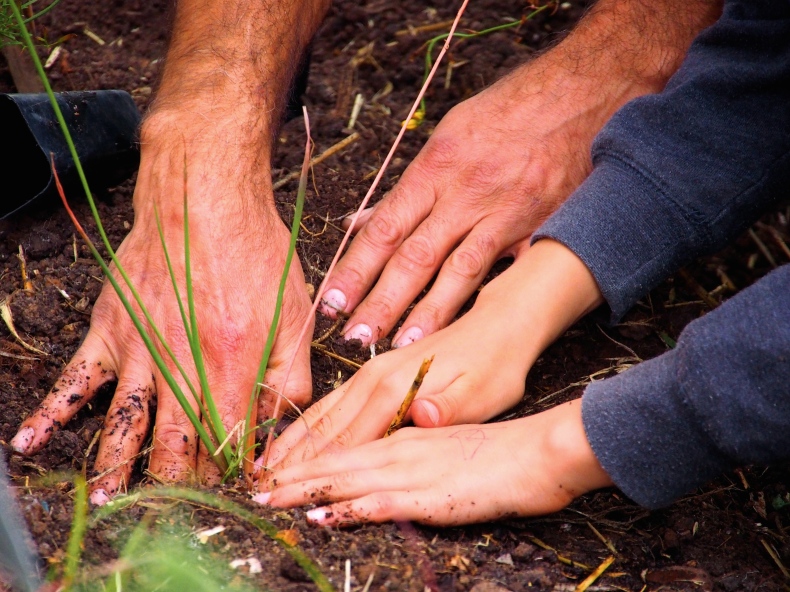
Learning From the Past, Planning for the Future …
‘Caring for country’ is at the heart of indigenous cultures across the world. Since ancient times, their careful observation, understanding and respect for the land, and their intimate knowledge of the seasons and cycles of nature has generally resulted in communities that have lived in harmony with their environment and with the earth’s natural life support systems. There remains much that we can learn from such traditional practices and knowledge bases. Especially at a time when the world is seeking more sustainable ways of operating in the bid to address the significant environmental and social challenges that we face, including the spectre of climate change.
This month the UN International Day of the World’s Indigenous Peoples was commemorated (on 9 August) with the theme of ‘Education’. The UN used this global event to highlight the right to education, recognized under the Universal Declaration of Human Rights and the UN Declaration on the Rights of Indigenous Peoples. Attention was drawn to the disparities between indigenous and non-indigenous students in terms of access to education, school retention and graduation rates in all regions of the world. This is certainly reflected in Australia.
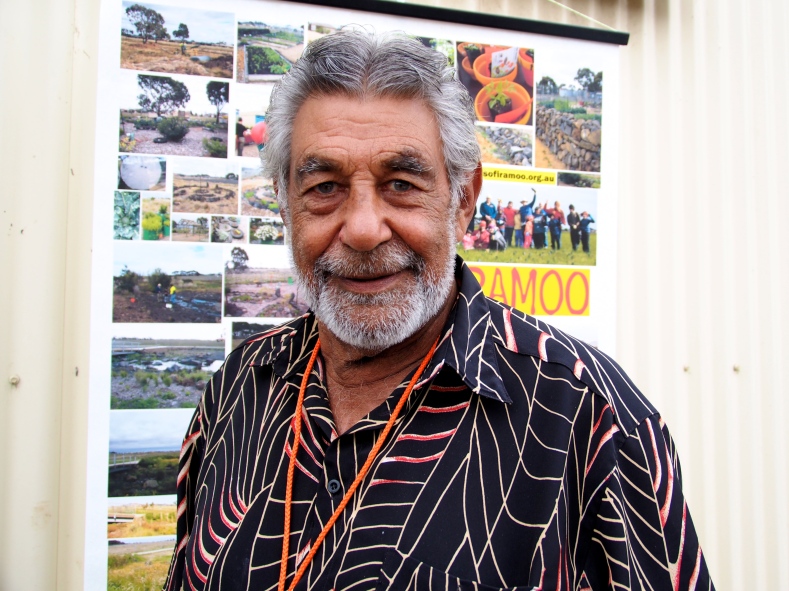
Sharing Knowledge and Learning From Each Other
On the theme of ‘education’, there is also much that non-indigenous people can learn from our indigenous elders, brothers and sisters. In Australia, this learning extends to broadening our understanding about how indigenous people managed to live on this dry continent sustainably, for 60,000 plus years, working in sync with the climatic conditions, the diversity of environments and the indigenous plants and animals that co-existed here. And this was not just, as common notions would have it, in the role of simple hunter-gatherers.
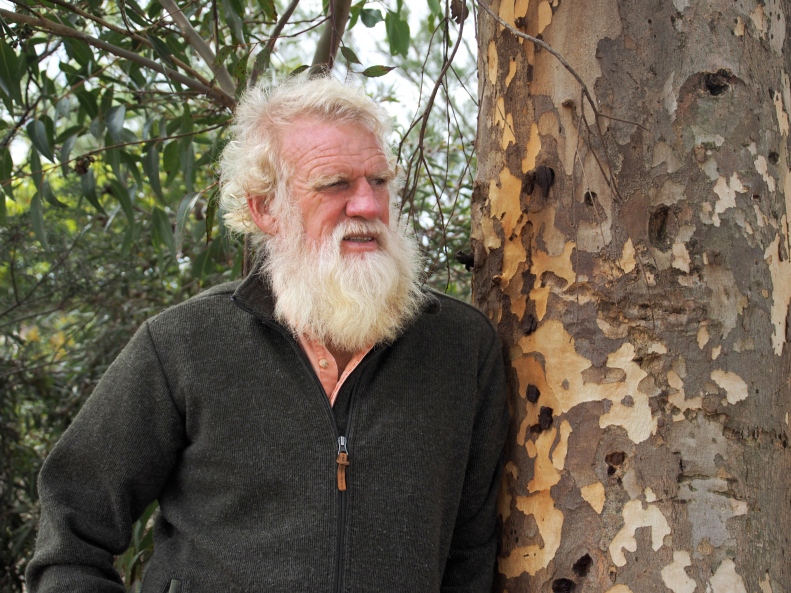
The First Peoples of Australia not only had rich social and cultural lives, they also developed quite intricate indigenous economies – with established trade routes and food systems that included not just wild harvesting but the domestication and cultivation of important plants, including native grains and yams, the evolution of firestick farming, the creation of eel and fish traps and the careful management of water resources. Some of the best accounts of this have been uncovered in the journals and records of the early European explorers and settlers, who documented their first encounters with Aboriginal groups in different parts of Australia.
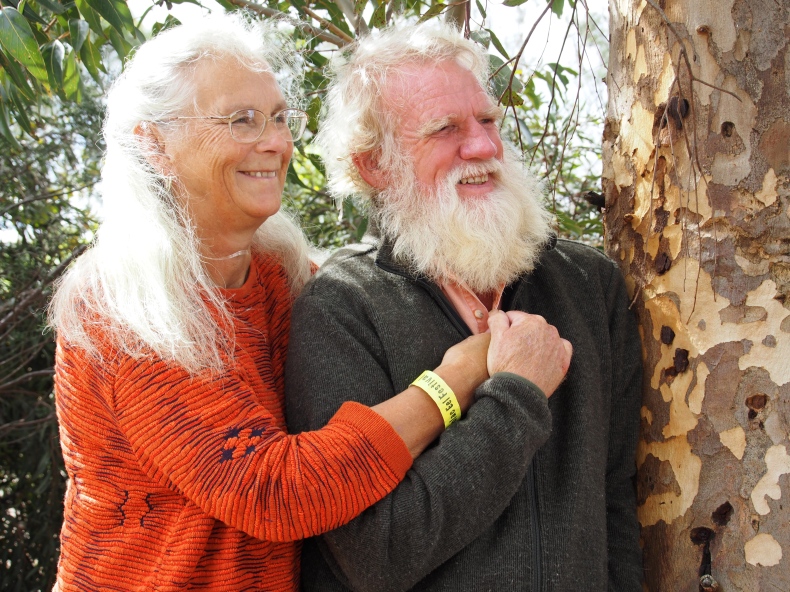
Indigenous researcher and author, Bruce Pascoe, describes this early aboriginal culture in considerable detail and highlights the type of economies and communities that existed at the time of first contact, in his book Dark Emu, Black Seeds: Agriculture or Accident? The stories within its chapters, drawn from a range of historical records, reveal diverse communities, dotted across the continent, bearing all the hallmarks of so-called ‘civilised society’ – including the construction of semi-permanent and permanent dwellings, the selection and cultivation of plants and the preserving and storing of surplus food supplies.
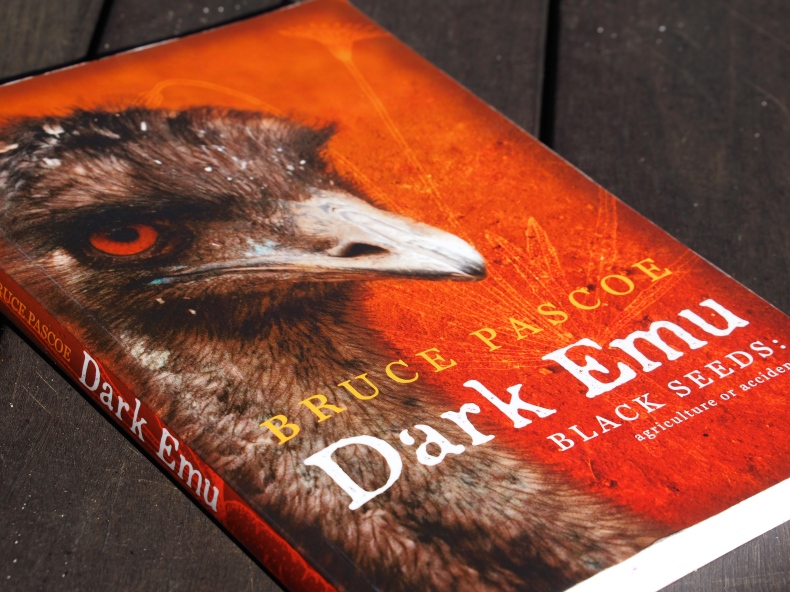
Bruce Pascoe points out that there is even archeological evidence of ‘grinding stones’ – tools that were used to grind harvested native grains to bake bread in earth ovens – thousands of years before the ancient Egyptians even came up with the idea!
But is this a source of national pride or a cause for celebration, as Bruce Pascoe believes it should be? Sadly, it is not even widely known. This type of resourceful and creative thinking however, was an integral part of the rich social and cultural life of Aboriginal Australia … but this is not what we learnt about in school. This is not the history that Bruce Pascoe studied at school either – or university – and therefore he didn’t teach it himself when he was a secondary school teacher, prior to becoming a researcher and writer.
Instead, students were generally taught the widely published and accepted version of Australian history – albeit quite a prejudiced and Euro-centric version of history – which inherently discounted the complexity of indigenous society in order to perpetuate the land claim of Terra Nullius – the myth that this land was ‘nobody’s land’, that this country was not being ‘used’ and that the First Peoples did not have a ‘civilised’ society.
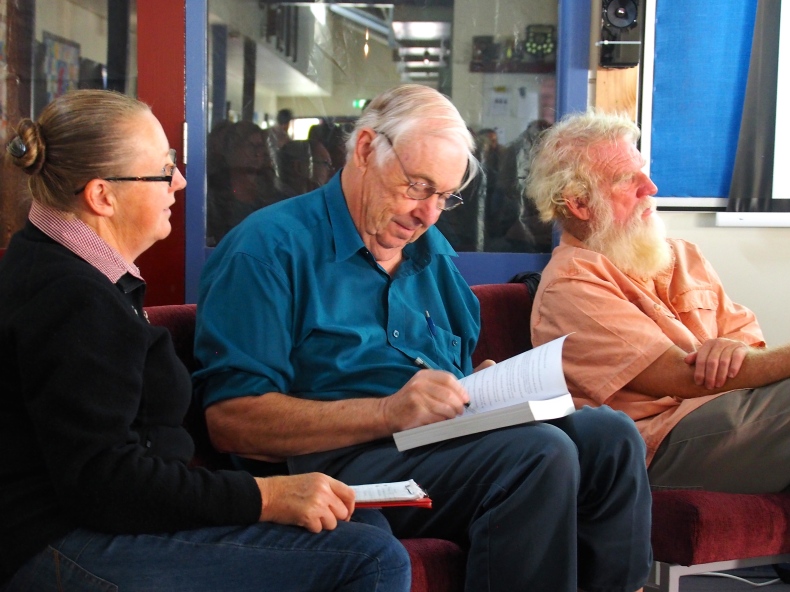
Raising Awareness
In the ground-breaking book, The Biggest Estate on Earth: How Aborigines Made Australia (which won a swag of literary and history awards), respected historian and academic, Bill Gammage, details Aboriginal Australia’s skillful land management prior to colonisation. In a nod to the book’s theme and title, Bill Gammage describes how the early European explorers and settlers repeatedly recorded observations about countryside and grasslands that were ‘park-like’, in that they resembled an English gentleman’s park or estate.
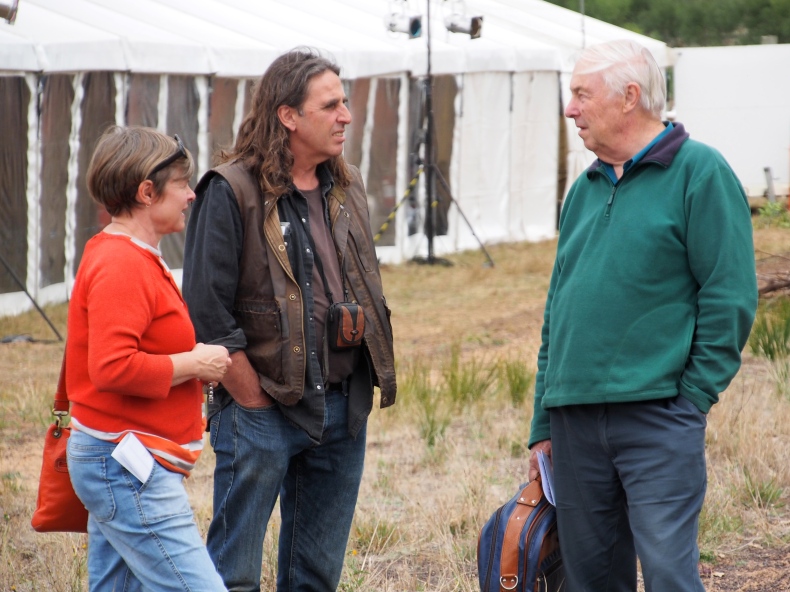
As James Boyce writes, in a review in The Monthly, the comparison made by early settlers was far closer to expressing the full truth than their cultural blinkers would allow them to see. The Aborigines were indeed managing an estate that, despite a focus on local action, stretched the breadth of the continent. He writes: “… in 1788 there was no wilderness, but a landscape that reflected a sophisticated, successful and sensitive farming regime integrated across the Australian landmass. Fire was not an indiscriminate tool of fuel reduction or grass promotion, but carefully employed to ensure certain plants and animals flourished, to facilitate access and rotation, and to ensure resources were abundant, convenient and predictable.”
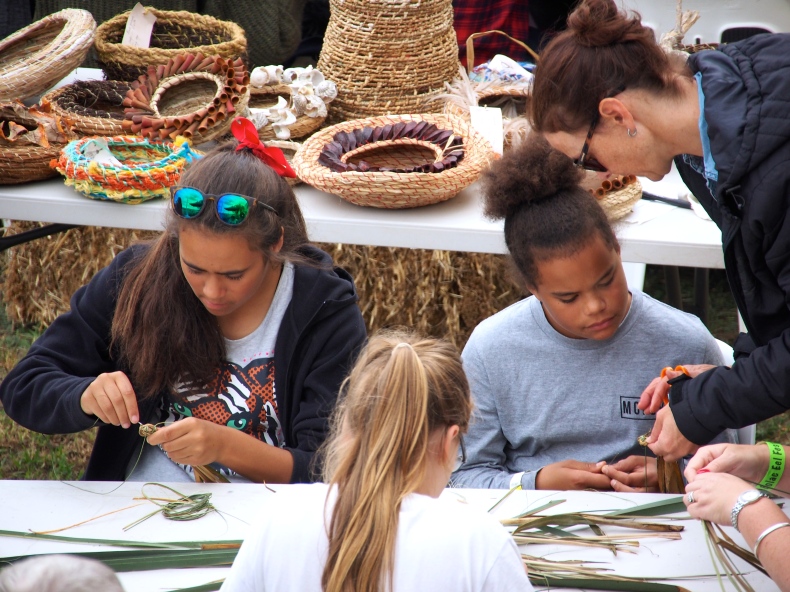
Thanks to the work of researchers and writers like Bruce Pascoe and Bill Gammage, we are learning more about the richness of Aboriginal Australia that existed at the time of European contact. That is, before indigenous people were rounded up and moved on to missions, forbidden from harvesting their bushfoods or carrying out their ceremonies and cultural practices. In many ways it is a wonder that this rich and ancient culture has survived. But survive it has and there is now a real resurgence of interest and a growing appreciation and respect for indigenous ways of caring for country and caring for people. There is much we can learn.
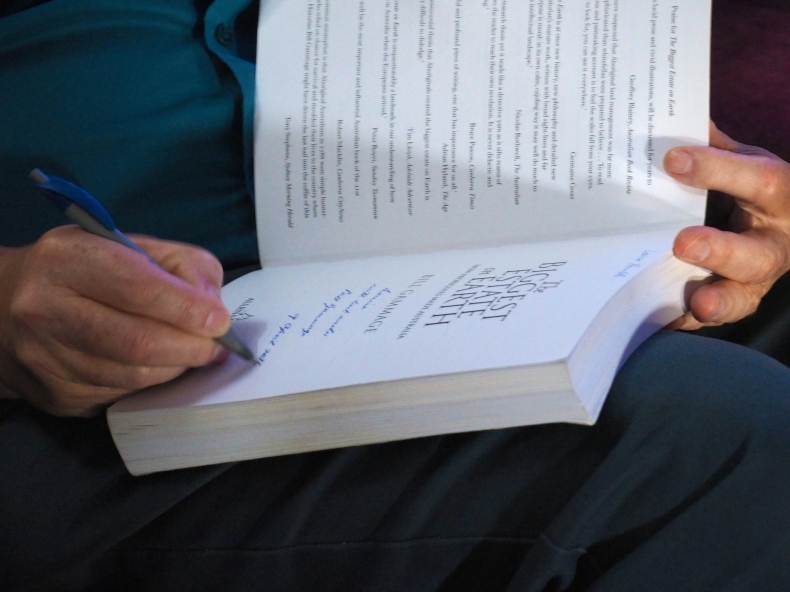
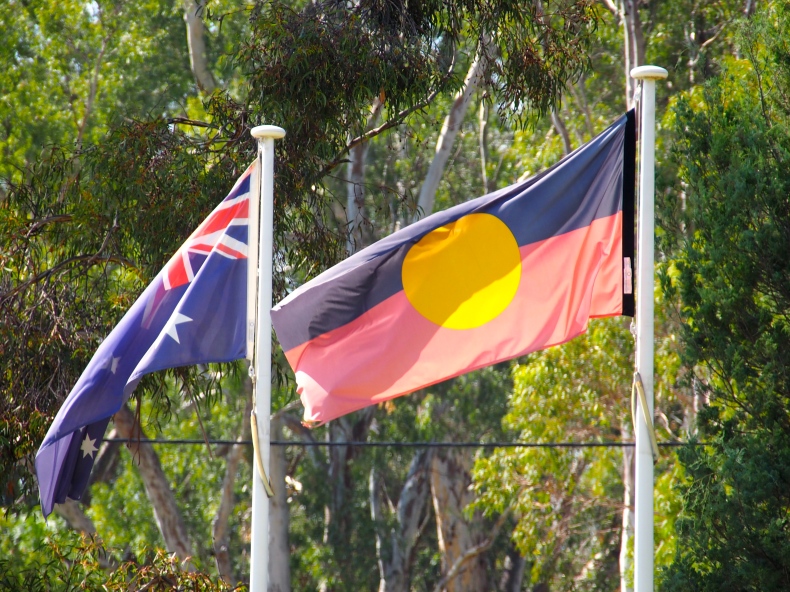
An Inspiration for Permaculture
The early co-founders of permaculture, Australians Bill Mollison and David Holmgren, recognised the insight and wisdom within the land management practices of indigenous people, both here and overseas. They undertook broad-ranging research and experimentation as they developed their principles of permaculture in the 1970s, and they drew inspiration from the Australian Aborigines’ traditional respect for and connection to country and their environmentally sensitive ways of life. Mollison and Holmgren’s permaculture methodology for sustainable land management, food production and social interaction has since grown in popularity both in Australia and around the world. And its evolution continues today, as the permutations of permaculture are applied on a personal, domestic and community level, as well as in regenerative agriculture and broader scale projects of a more commercial nature.
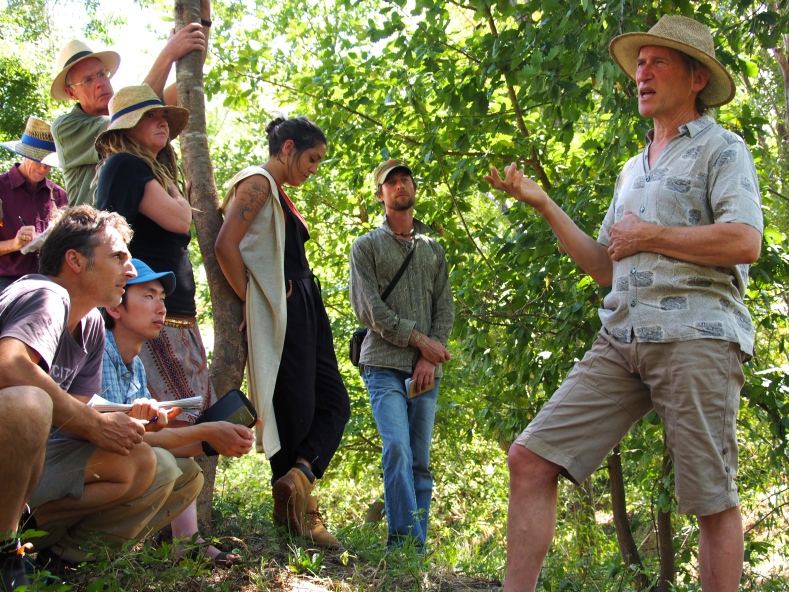
Land Cultures: Aboriginal Economies and Permaculture Futures
In April this year, David Holmgren and Bruce Pascoe teamed up to share their insights about sustainable land management, from their indigenous and permaculture perspectives. In an evening forum at the Daylesford Town Hall, they gave presentations on the topic of Land Cultures: Aboriginal Economies and Permaculture Futures. A documentary film featuring this event, along with Bruce Pascoe’s book readings at the local library and planting of bushfoods in the local community garden, has just been released (available on You Tube and embedded at the end of this post). Produced by Anthony Petrucci and Patrick Jones (permaculture advocate, author and member of Artist as Family), it is a lovely visual record of this special series of events and provides a nice way to tune in to the conversations for those who could not attend in person.
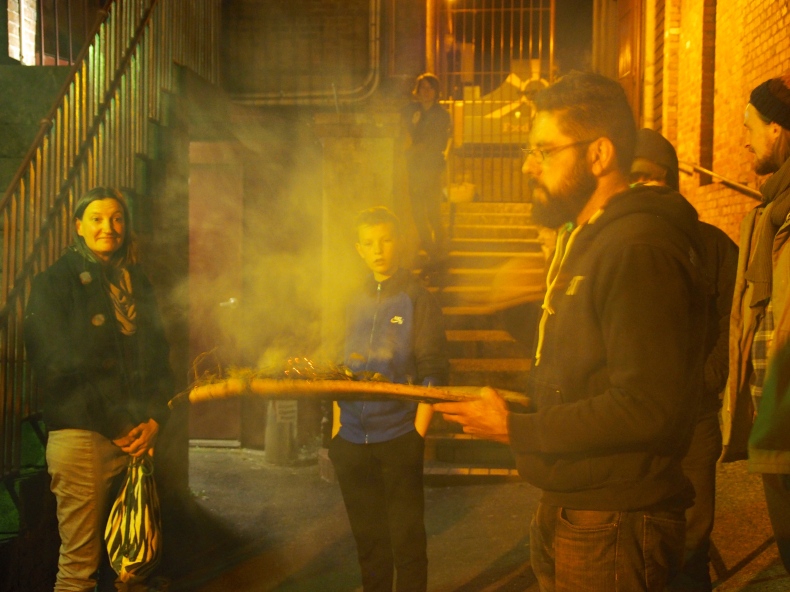
The Evening Forum in Daylesford
Guests for the forum on Land Cultures: Aboriginal Economies and Permaculture Futures gathered outside the Daylesford Town Hall for a local Dja Dja Wurrung ‘welcome to country’. The aromatic smell of smouldering native leaves drifted into the night air, as part of a traditional Jaara smoking ceremony.
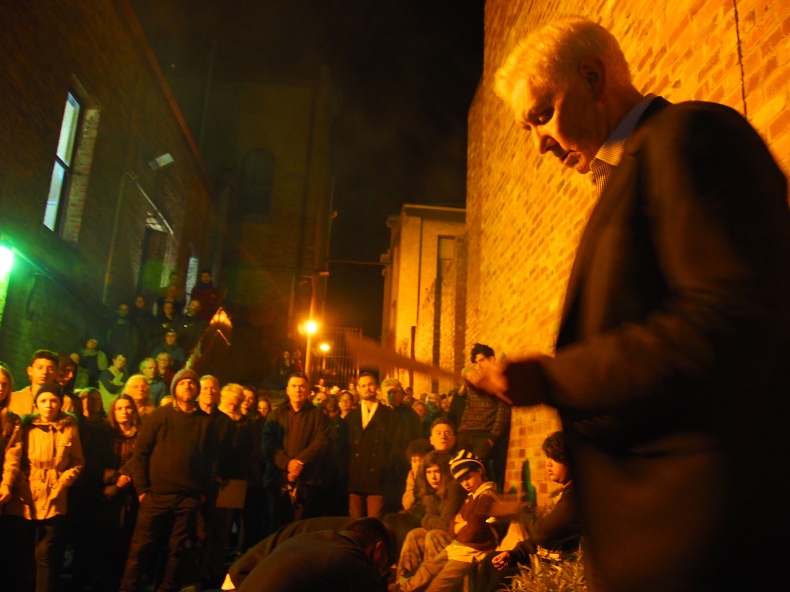
It was a nice way to commence the evening, being warmly welcomed by representatives of the local indigenous people, before being invited inside the cosy heritage town hall, to hear about ways of caring for land – from an indigenous as well as permaculture perspective. There is a good synergy in many ways, between these two approaches. The hallmarks of both centre around careful observation and care of the land, and respect for country and the environment that supports and sustains us and other living creatures and ecological systems. The common ground extends, in essence, to working with nature through the use of sustainable practices.
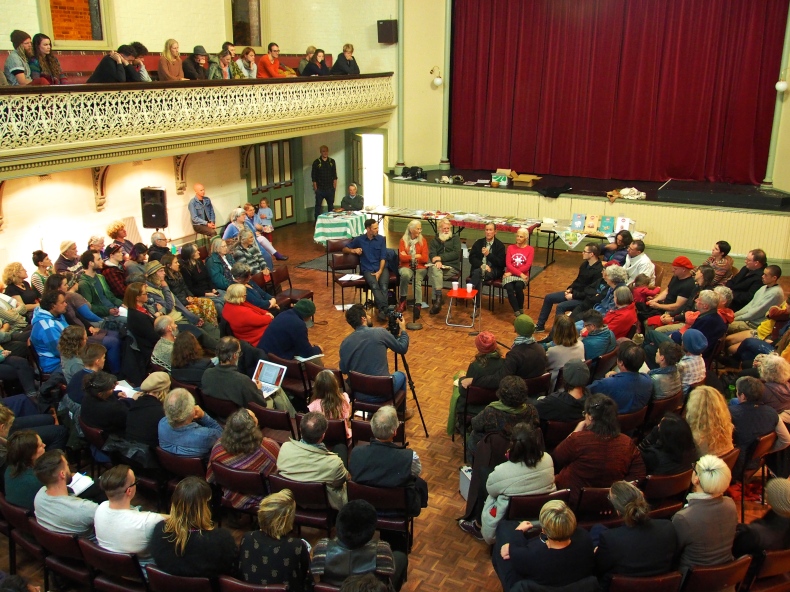
It was a good turnout and all of the balconies were filled inside the Town Hall, with guests from far and wide joining together with locals to hear these two elders of permaculture and indigenous affairs speak. Great food for thought!
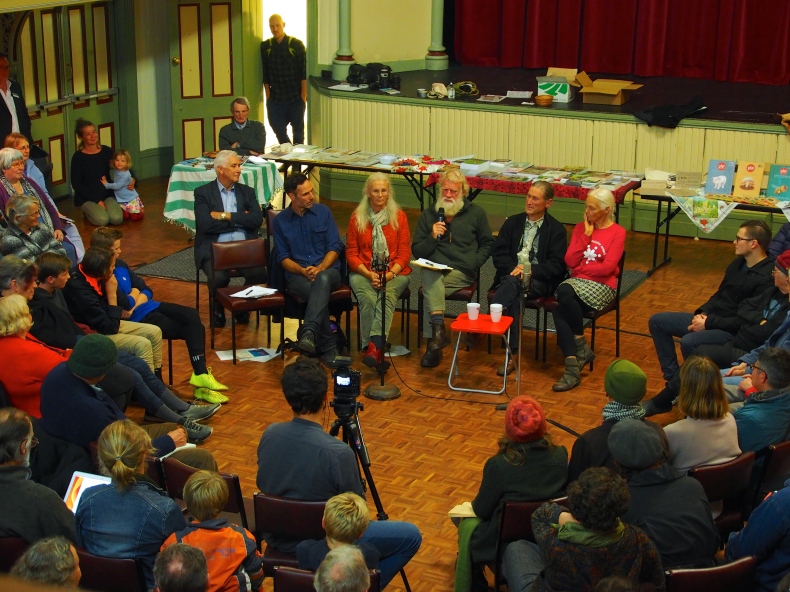
Bruce Pascoe is a born storyteller and David Holmgren a thoughtful permaculture pioneer. Together, they opened up the space for the valuable sharing of knowledge and stories and the exploration of ideas. Nice to see blackfella dreaming and whitefella dreaming finding common ground, behind the mic and within the assembled audience at large (which now extends to include a ‘virtual’ audience with the release of the film). A key theme was on recognising and healing the past and working together to explore possibilities and pathways for co-creating a more sustainable, equitable and fulfilling future. Learning from the past and planning for the future.
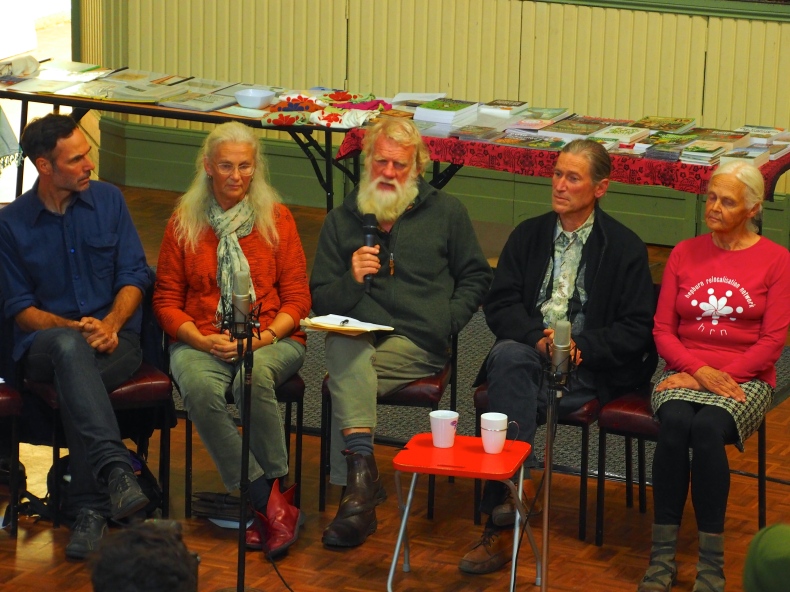
In keeping with the spirit of the occasion, refreshing lemon myrtle tea and nourishing wattleseed chai provided a nice way to wrap up the evening, before guests headed back out into the night, passing through the cleansing smoke once again as they embarked upon their journeys home.
Land Cultures: Aboriginal Economies and Permaculture Futures – a documentary film produced by Anthony Petrucci and Patrick Jones (Artist as Family) … Enjoy!
Further Information:
- David Holmgren – Permaculture co-founder and educator
- Bruce Pascoe – Indigenous researcher and writer
- Bill Gammage – Academic historian and author
http://hrc.anu.edu.au/professor-bill-gammage
- Artist as Family – Producers (with Anthony Petrucci) of the documentary film on Land Cultures: Aboriginal Economies and Permaculture Futures (embedded at the end of this post)

